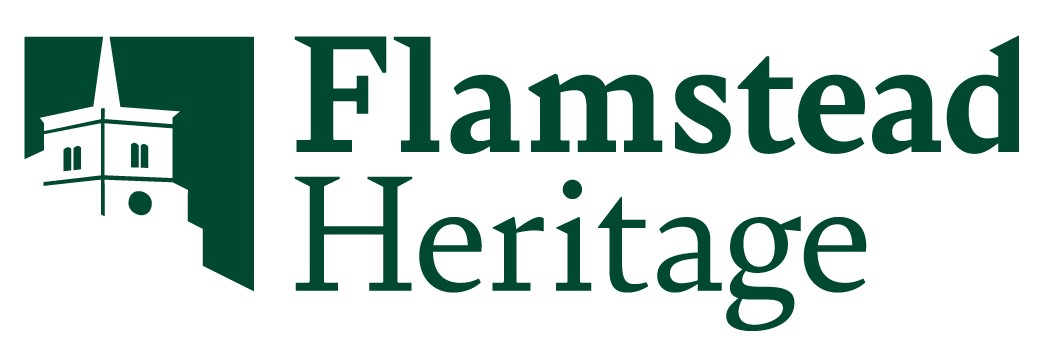
The shadow of closure is lifted from St Leonard’s Church Flamstead
After three years’ really hard work to develop our project proposals and raise over a quarter of a million pounds of matched funding, we are absolutely delighted that the National Lottery Heritage Fund has awarded us a grant of up to £642,500 which will enable us to save St Leonard’s from closure and share its heritage with many more people.
Thanks to National Lottery players, we can now afford to repair the failing medieval roof timbers and leaking stonework to make the building weatherproof, and put the church on the map as a heritage venue where people of all ages will enjoy discovering the stories of those who have left their mark on it over 900 years.
This is the most fantastic news. Before this project started, we had no idea how extensively the National Lottery supports national heritage, and we are really grateful to Lottery players for making such funding possible. Given the current lock-down due to Covid-19, we’re going to get started with anything which can be done online and at home, so that the project is ready to roll once the current restrictions are lifted.
The £642,500 grant adds to the £92,000 already received to help us prepare detailed proposals for an exciting three-year project, towards which villagers have helped raised £285,000 of matched funding through a variety of activities and the generous support of other funds and trusts.
Schools will be able to participate in puppet, drama and storytelling projects; young people will help to design new web-based exploration experiences; ecology projects will re-use old organ pipes for bat and bird boxes; and history will be brought to life in talks and tours with optional cream teas. Volunteers will be offered training in new skills like recording living memories, overseeing Duke of Edinburgh Award participation, doing a photographic survey of medieval graffiti, and hosting visitors – all as part of what will be a major community project.
Built in Norman times at the behest of a standard-bearer who served William the Conqueror, the church commemorates people with strong links with the Earls of Warwick and the Elizabethan Court. Its pillars bear Tudor inscriptions to ordinary folk buried beneath their favourite pews, while its monuments tell of the influence of rich and powerful families in the area. Most intriguing of all are the wall-paintings, spanning some 600 years and uncovered in the 1930s after being hidden beneath plaster since the Reformation. A contemporary wall-hanging recreating the central painting in full colour will be prepared by members of the Embroiderers’ Guild in the wider area and hung at the west end of the church.
And to celebrate 900 years of heritage on this site, we’ll be organising a major heritage festival to mark the end of the project.

Cannot wait for more of these fabulous informative updates. Well done team, headed by my brother Andrew
So pleased to be involved in a very small way in finding about about Wymondham Abbey for this special project. Happy to assist in any research or admin in the future.